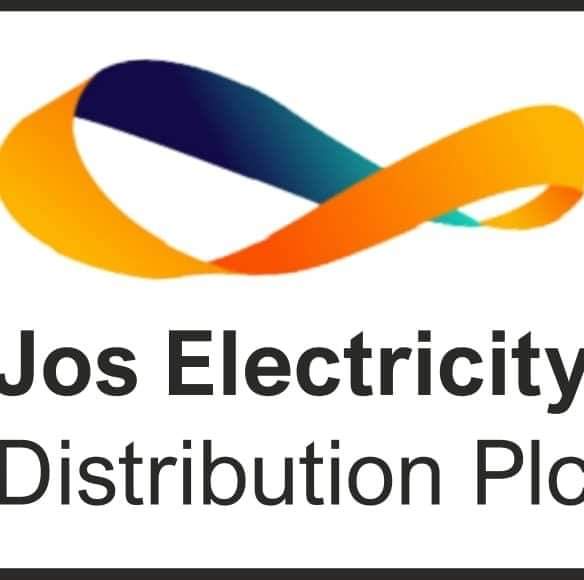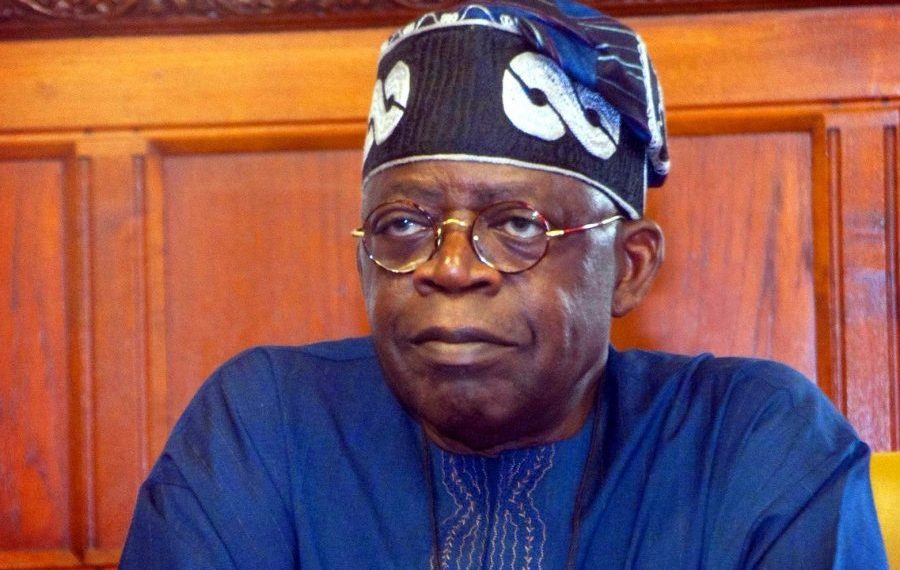Following a breakdown earlier on Saturday, the national grid was restored later around 9:57 p.m., according to the Transmission Company of Nigeria (TCN).
The general manager of public affairs for TCN, Ndidi Mbah, revealed in a statement on Sunday in Abuja that there was a partial disruption to the grid on Saturday at approximately 3:09 p.m.
She clarified that following the event, operators started restoration work right away, and “by 9:57 p.m. on Saturday, the damaged area of the grid had been effectively restored”.
It was reported that Nigeria’s electricity grid on Saturday collapsed yet again, throwing several cities into darkness.
It said that the latest collapse came months after the national grid collapsed in April.
The collapse was confirmed by the Abuja Electricity Distribution Company (AEDC) which affected the power supply to its franchise areas.
Mbah noted “The system disturbance, which brings to three the partial grid disturbances, with one total disturbance in 2024, is suspected to have been triggered by the unexpected tripping of three units of a power generating station.
“It suddenly removed 313 megawatts from the grid, causing system instability that led to the loss of bulk supply to a section of the national grid,” he said.
Mbah said that the abrupt decrease in generation prompted a response from the system operator, which resulted in a decrease in frequency.
In order to continue feeding Uyo, Aba, Itu, Eket, Calabar, and other communities even when the other section of the grid was without electricity, he said that the system operator landed a portion of the grid, which contains the Ibom Power Station.
The last time in 2024 the national grid collapsed was in April, resulting in nationwide power outages in the country.
According to the TCN, the April collapse was caused by a fire which erupted at the Afam V 300kV busbar coupler, leading to the tripping of units at Afam III and Afam VI.
Nigerians have grown accustomed to the ongoing national grid collapses, which result in frequent blackouts across the nation.
The government has blamed low water levels at hydroelectric plants, inadequate generation by generation companies, and ongoing assaults on transmission towers for this horrifying national system breakdown.
The government has also acknowledged that the majority of its attempts to widen the grid have been thwarted by localities that refuse to provide transmission projects the right-of-way.
According to reports, Nigerians spend over $14 billion a year on pricey and ineffective generators that run on gasoline or diesel because of the nation’s unstable electricity supply.
Ironically, despite the nation’s power industry being privatized in the hopes of improving electricity supplies, things have actually gotten worse.
























